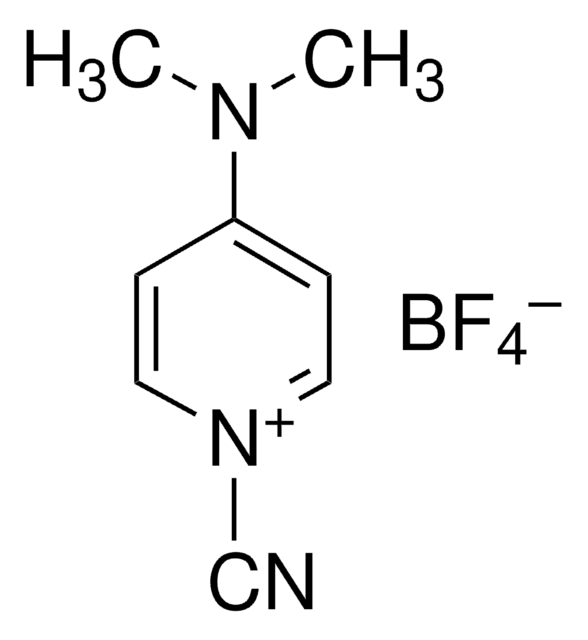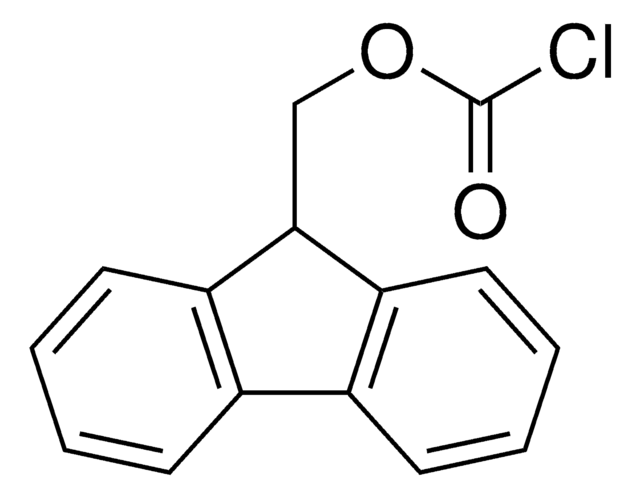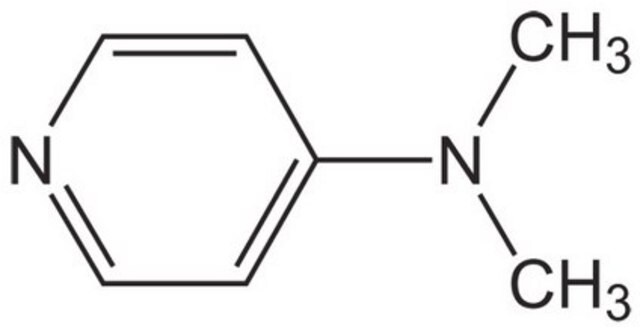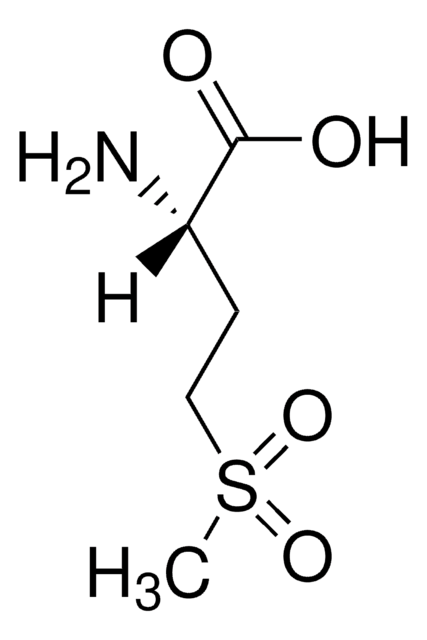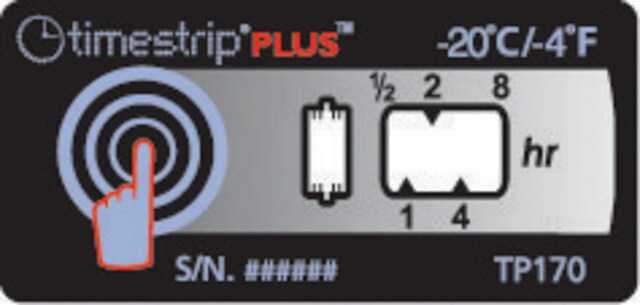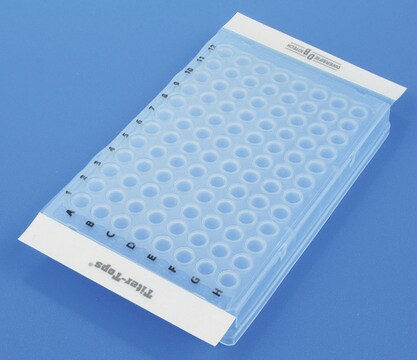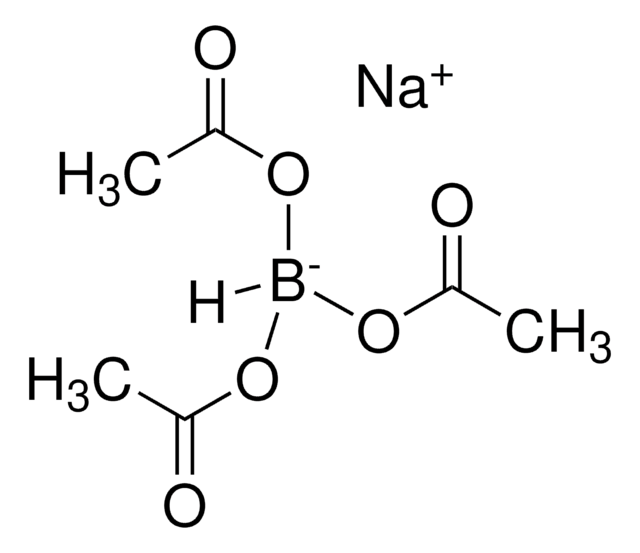C2776
1-Cyano-4-dimethylaminopyridinium tetrafluoroborate
organic cyanylating reagent
Sinónimos:
Cyanopyridinium Agent, CDAP
About This Item
Productos recomendados
Nivel de calidad
Formulario
powder
temp. de almacenamiento
−20°C
cadena SMILES
[F-].FB(F)F.CN(C)c1cc[n+](cc1)C#N
InChI
1S/C8H10N3.BF3.FH/c1-10(2)8-3-5-11(7-9)6-4-8;2-1(3)4;/h3-6H,1-2H3;;1H/q+1;;/p-1
Clave InChI
ONCRRSYBEJHQMM-UHFFFAOYSA-M
¿Está buscando productos similares? Visita Guía de comparación de productos
Categorías relacionadas
Descripción general
Aplicación
Características y beneficios
- Easier to use.
- Can operate at lower pH levels.
- Fewer side reactions.
- Cyanogen Bromide is hazardous in nature.
Palabra de señalización
Warning
Frases de peligro
Consejos de prudencia
Clasificaciones de peligro
Eye Irrit. 2 - Skin Irrit. 2 - STOT SE 3
Órganos de actuación
Respiratory system
Código de clase de almacenamiento
11 - Combustible Solids
Clase de riesgo para el agua (WGK)
WGK 3
Punto de inflamabilidad (°F)
Not applicable
Punto de inflamabilidad (°C)
Not applicable
Equipo de protección personal
dust mask type N95 (US), Eyeshields, Gloves
Elija entre una de las versiones más recientes:
Certificados de análisis (COA)
¿No ve la versión correcta?
Si necesita una versión concreta, puede buscar un certificado específico por el número de lote.
¿Ya tiene este producto?
Encuentre la documentación para los productos que ha comprado recientemente en la Biblioteca de documentos.
Los clientes también vieron
Nuestro equipo de científicos tiene experiencia en todas las áreas de investigación: Ciencias de la vida, Ciencia de los materiales, Síntesis química, Cromatografía, Analítica y muchas otras.
Póngase en contacto con el Servicio técnico